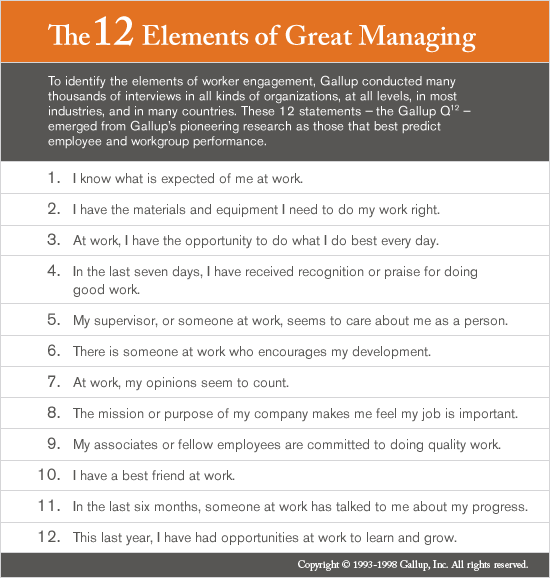Businesses spend million and millions creating and changing a company culture that drives innovation and fosters growth. Yes, I could use Google as a prime example of a company fostering an amazing culture, but what about AOL? The once pioneer of web browsers and dial-up modems has spent a considerable amount of money buying TechCrunch, Huffington Post, and restructuring and rebuilding their company culture, including their offices. They ripped out the corporate facade and went with something more, friendly and down-to-earth. But ultimately, how can you truly measure your return on investment on something as complex and variable as company culture?

Measuring the happiness of your employees and the impact your company culture has on business is not easy. But it starts with honesty. One approach to measuring the performance of your company culture is surveys. Sending out surveys to your employees with questions that help you gauge how far your culture has grown and its impact on business processes. However, with surveys you always run the risk of employees not completing them due to time or other priorities. The best way to find success with surveys is to send several shorter 1 or 2 question surveys out regularly. Although this is a very traditional approach to measuring culture, it is still considered to be very effective.
By far the most popular survey to measure the effectiveness of company culture is Gallup’s 12 Steps to Great Managing. This is a 12 question survey using a 10 point scale to measure company culture.

These 12 questions are the most basic and core questions used to define and evaluate your culture. As your company grows or defines different values that you try to measure, you can add or switch out various questions to establish metrics for measuring the performance of the different values of your culture.

